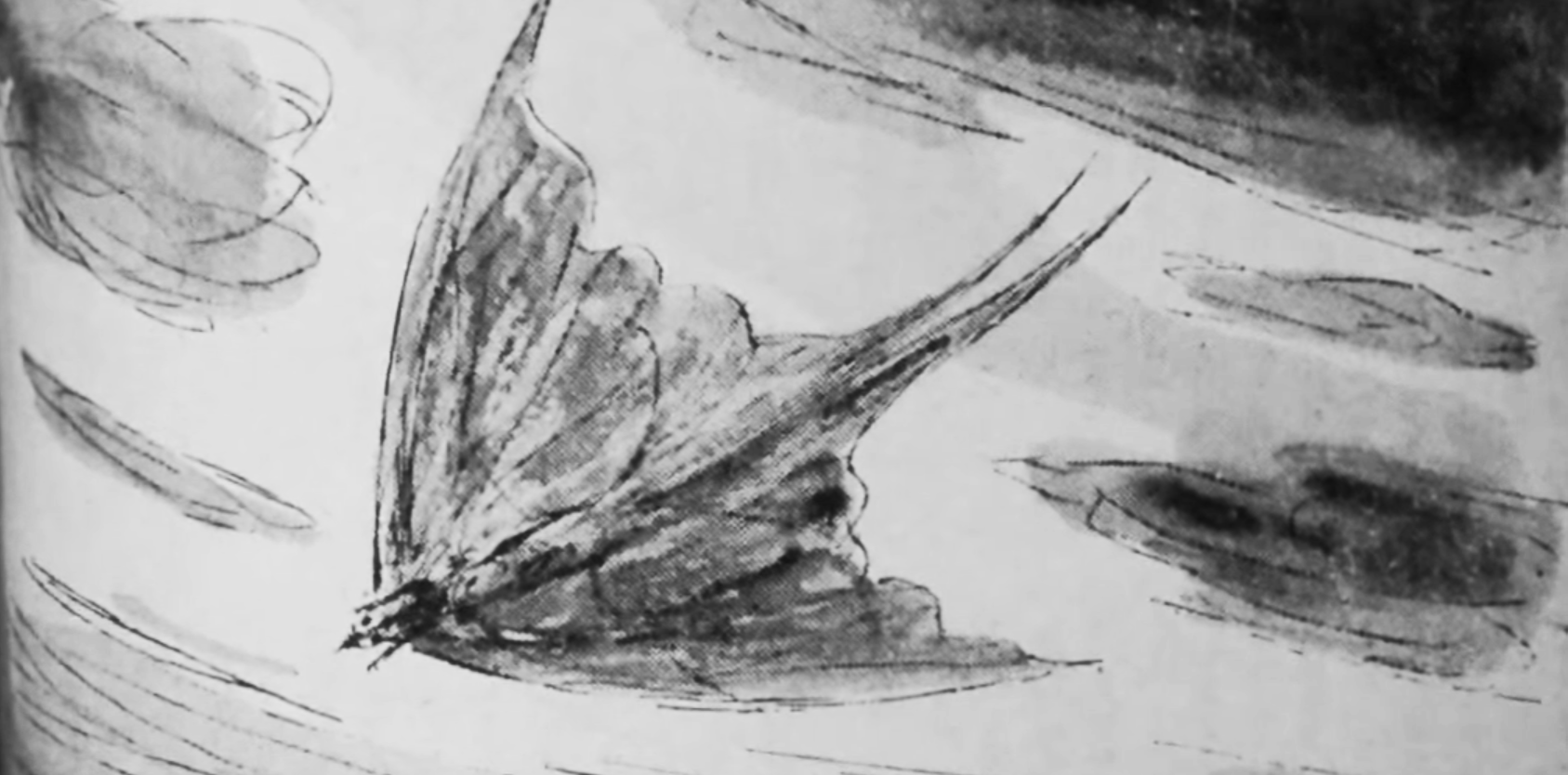Just when fans thought there’d be an end to the recent flurry of Godzilla news, Dr. Jeffrey Angles shared some fascinating sneak peeks into his forthcoming translation of the novella The Luminous Fairies and Mothra on the latest episode of Growing Up With Godzilla. After the release and success of his translations of Shigeru Kayama’s Godzilla and Godzilla Raids Again via University of Minnesota Press, numerous fans reached out to his press expressing hope that a translation of Mothra’s original novella was in the works. After receiving the novella and reading it, Angles eagerly agreed to translate the text.
Here are some highlights from my interview with him on Growing Up With Godzilla.
In reflecting on his reading of the novella, Angles describes it as “very short…easy to read…[and] a quirky text.” To build anticipation for this translation, Angles shared three discoveries during the interview that he made while working on this translation.
Three Major Writers in Mid-Century Japanese Literature Authored ‘Mothra’
The first discovery Angles made involved the literary powerhouses behind the creation of Mothra. Notably, he establishes that one of his favorite poets and novelists, Takehiko Fukunaga, best known for his novel Flowers of Grass (1954), had a hand in authoring this novella. He found it an interesting takeaway that none of the authors involved had background in writing sci-fi or fantasy.
Mothra was a Political Commentary on Post-War Nuclear Posturing and Decolonization
After watching the film, Angles establishes that the film Mothra (1961) “didn’t strike me as [politically] or socially oriented as Godzilla (1954) was…but when I sat down and read the book, I was really stunned to realize that there’s a lot of political content in [the novella].” The publication of The Luminous Fairies and Mothra coincided closely with the historic and massive Anpo protests in 1960. This movement protested the Japanese government’s “forced revision of the Japanese-US Peace Treaty, which brought Japan under the nuclear umbrella of the United States.”
This made many in Japan concerned that they’d be “putting themselves in harm’s way by being tied with the US military and its nuclear arsenal” with their close proximity to the opposing nuclear force, the Soviet Union. Angles emphasizes that this novella is a reaction to said protests and the geopolitical state of the world at the time, concluding that “the whole point of the original novel was to…encourage the Japanese people to see themselves apart from the superpowers. The whole message of the book is rather than siding with the superpowers, why aren’t we allying with the small new decolonizing nations of the world like Infant Island?”
Mothra Underwent Multiple Transformations
Another fascinating series of details in The Luminous Fairies and Mothra showcases Mothra going through numerous transformations beyond just larva and adult stages. Angles reflects that, stating “When [writer] Shinichiro Nakamura was approached by Toho Studios, he thought, ‘wouldn’t it be fun for Mothra to through a series of transformations so that we can do different kinds of special effects on screen?’” This is where Nakamura came up with the idea of a moth being the vehicle to showcase these transformations.
Lastly, Angles notes that Mothra’s transformative qualities were even present in the language used in referring to the character’s shifting gender identity throughout the novella. He explains, “Japanese is a language that doesn’t require you to use gender pronouns at all… for the first part, Mothra is not described with any pronouns at all… but then at a certain point, when Mothra’s a larva… there’s a funny moment when suddenly the text refers to that larva as a ‘he’… after that, once Mothra reaches Japan there is an exciting moment when Mothra creates a cocoon…at that point, the gender pronouns disappear and we get an indication in the text that says “Well, what kind of daughter will be born out of the cocoon once it hatches?” so we get a hint here that Mothra is transforming into a female persona.”
Ultimately, the forthcoming translation of The Luminous Fairies and Mothra will unlock the fascinating history of the character for Western audiences. These reveals are the latest example that Mothra sports both a socio-political and thematic depth rivaling Godzilla’s. For more information about this novella, listen to my entire interview with Dr. Jeffrey Angles on Growing Up With Godzilla.





